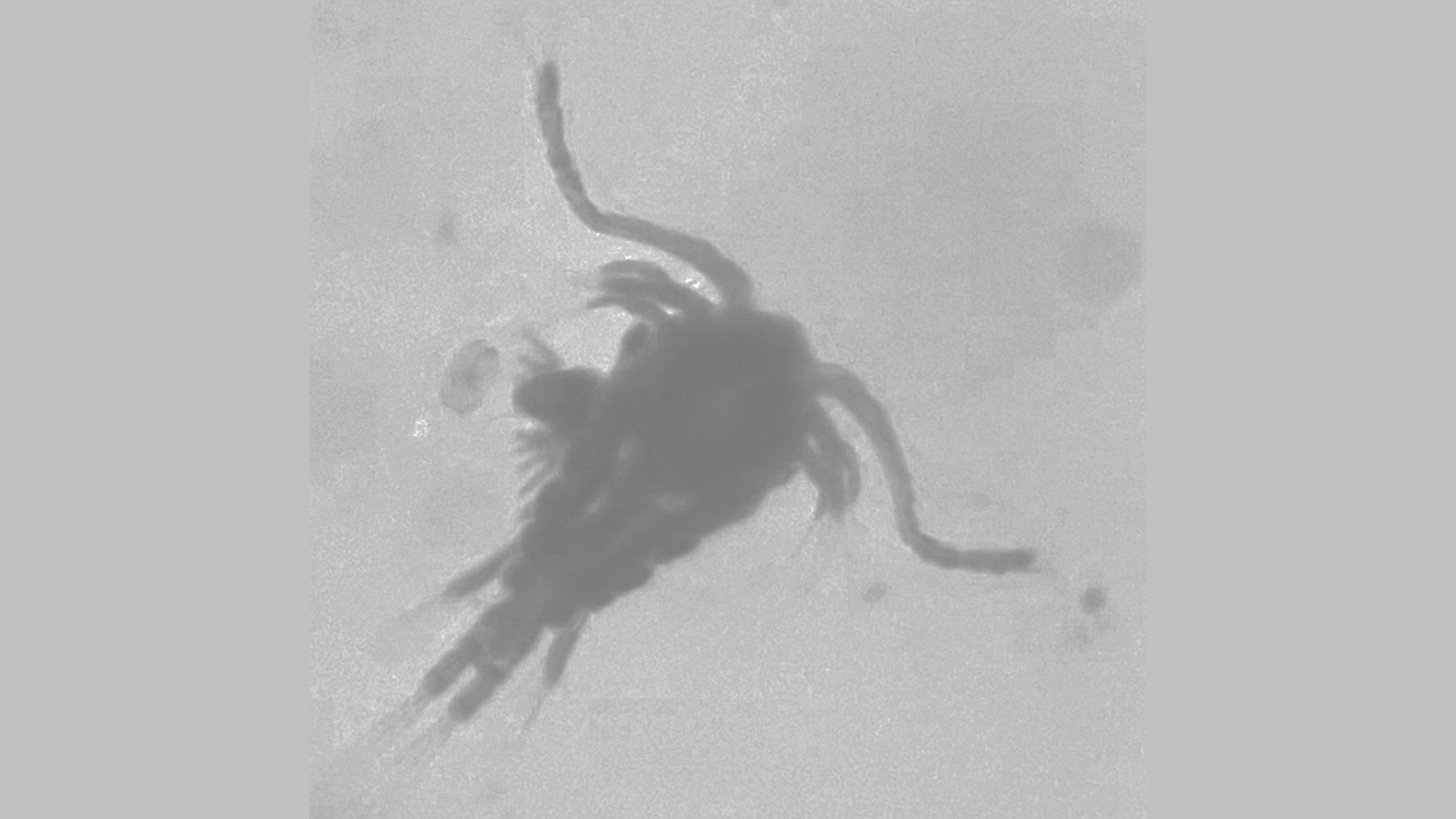

Feces doesn’t appear to be on the menu for zooplankton. While these tiny aquatic animals are known to graze on other bacteria, new research indicates that they do not “clean” fresh or saltwater by eating the fecal microorganisms in the polluted H20. The findings are detailed in a study published October 3 in the journal biology journal mSphere.
Water from sewage and septic tanks can accidentally enter bodies of freshwater due to inadequate water treatment, corroded infrastructure, storm water runoff, and accidents. This contamination can make humans and other animals sick if they come into contact with it. A United States water quality inventory from 2017 revealed that more than half of rivers, bays, and estuaries in the country were considered unsafe for at least one use and fecal contamination was the culprit in several of these cases.
[Related: How heavy rain can make you sick.]
“When sewage is released into clean bodies of water and humans are exposed to it, it can lead to illness in humans,” study co-author and University of Texas at El Paso civil engineer Lauren Kennedy said in a statement. “Our research seeks to understand what factors can render pathogens unable to infect people. In other words, how long does it take for the water to become safe for recreation again without any forms of outside intervention?”
The team hypothesized that the zooplankton might play a role in clearing up dirty water. The organisms are naturally present in water and might graze on microorganisms from fecal contamination. This, in turn, inactivates the dangerous organisms and “cleans” the water.
In the study, they added a virus called MS2 and the bacteria E.coli to samples of freshwater and saltwater that were taken from the San Francisco Bay area. According to Kennedy, both the virus MS2 and bacteria E.coli are considered useful proxies for scientific research because they are typically present at high concentrations in sewage. Their presence is usually a sign that there is fecal contamination in the environment. The water samples that the team used naturally contained both larger particles like zooplankton, sand and dirt, and smaller or dissolved particles like salt.
The large particles–including the zooplankton–didn’t appear to have a significant effect on the inactivation of the MS2 and E.coli pathogen proxies in the water. It was actually those smaller articles that had a greater impact. Both the added virus and bacteria were inactivated at higher rates in high-salinity water, such as ocean water that was taken from San Pedro Beach.
[Related: The epic journey of dust in the wind often ends with happy plankton.]
This study gives scientists a new understanding of some of the limits of using zooplankton as a natural way to clean up contaminated water. In a follow-up study, the team will focus on the impact of salinity on pathogens surviving in contaminated water.
“I am proud that we were able to provide another perspective to consider for surface water remediation efforts,” Kennedy said.